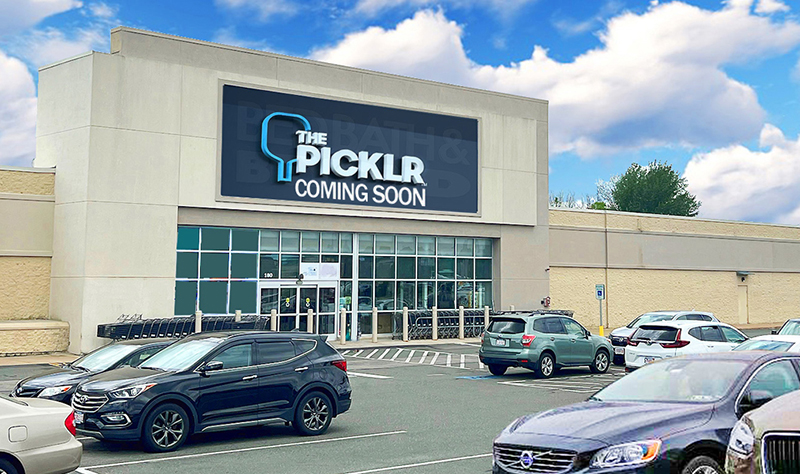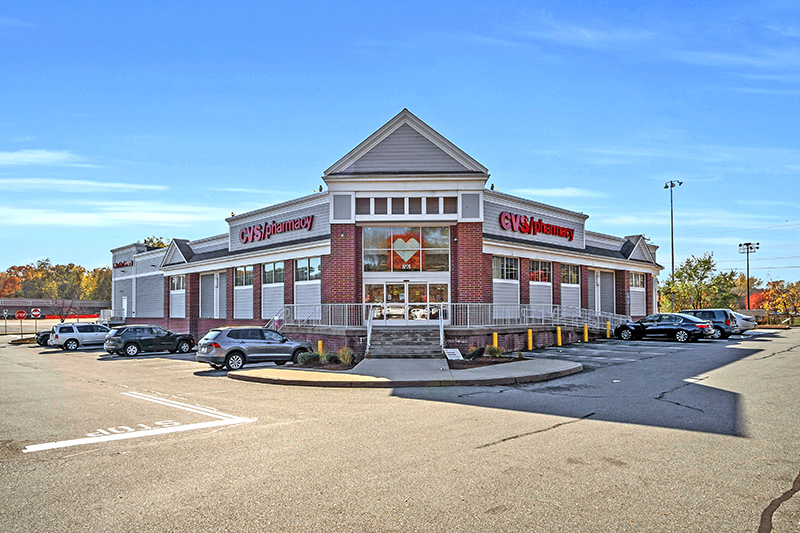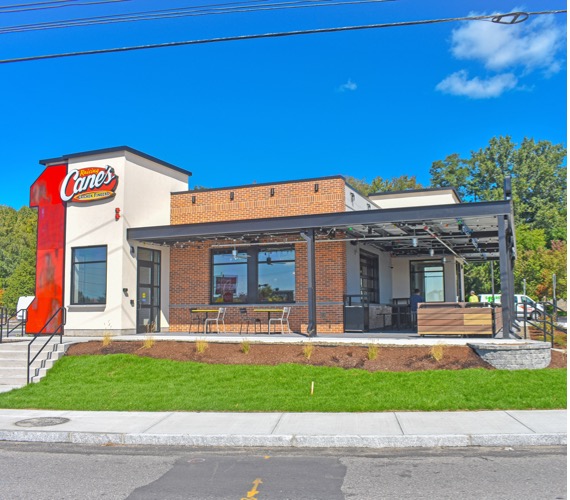News: Retail
Posted: August 22, 2013
Question of the Month: What's up with retail? Some basics to what is going on and how to move forward
Planning a retail development? Reinventing your town's center to create a neighborhood feel? Trying to recruit a few cafés and suitable shops to turn an urban area that still has bedraggled storefronts and a dearth of retail into a trendy center that will attract new residents? If you are stymied with how to move forward, here are some basics as to what is going on.
The new shopper
While the internet has captured media attention with deals, steals, tweets and alerts, the latest Neilson Report says that e-commerce only sells 5% of what we buy.
Shopping is still strong at shopping and neighborhood centers. Brick and mortar retail is actually growing post recession. The shopper has changed, with phone glued to hand, they are looking for efficiency, service and a fun experience.
The new retailer
Given the hectic urban lifestyle and seduction of the Internet, it follows that retailers have to update to attract the new shopper and ever-changing new competition. To cash in on urbanization retailers are creating new concepts that include Internet for information and e-commerce to provide access to products they do not stock.
With more precise market data to select merchandise, imaginative design, Internet connections, and most of all better customer service, stores are now better equipped to serve their customers. The new breed of retailer sets up shop for a social experience encouraging people to talk, compare goods, touch and feel the merchandise, and simply enjoy just being there. They may have water for dogs, nice restrooms, a play area for kids, and a chair or bench for accompanying family or friends, Some sports stores have games to play, interactive videos, and equipment to try. So far, the touch and feel is still not available on line.
There are many instances of successful independent retailers who are doing well despite the existence of big box competitors. For example, ACE Hardware stores in neighborhood locations provide convenience and a high level of friendly service and advice in order to compete with Big Box stores. This includes a web presence and frequent deliveries. Another example of new retail is Porter Square Books who compete successfully with Amazon and other Internet suppliers of reading materials. They have author readings, personal attention, and a café where people mingle, meet and share.
Shopping areas must change too
New retailers and new shoppers require different shopping centers and retail districts. As a result of these changes, there are significant issues to overcome when re-tenanting an older shopping center or a commercial district.
Problems lie in the size and configuration of the existing retail facilities which were designed and operated on the old economy model. Retail spaces in shopping centers or 19th or 20th century commercial districts, are too big and the rents are accordingly too high for new retail formats. Outdated zoning may require too much parking reducing walkability and appeal. Even the total size of older commercial districts and shopping centers may exceed current demand resulting in image damaging vacancies.
While major shopping center owners have started to deal with these challenges in some preferred markets converting large empty retail spaces to office, schools and housing, it is still a major challenge for smaller shopping centers and downtowns to change since they are limited by either multiple owners or zoning restrictions. This means that transformation is blocked and innovative retailers not attracted causing the gradual demise of the retail center.
Take the challenge
The retail scene is complex. The most creative retailers are often hidden in regional downtowns or in older strip centers. With the post recession economy and the internet, there are significant changes in buying habits, demographics, and technology. No wonder it takes specialists to figure it all out.
Firms like Todreas Hanley Associates are experienced and dedicated to working through the problems of revamping forlorn shopping centers and downtowns. We assist owners, planners and civic leaders to harness their resources and coordinate their efforts to transform their centers into productive, vibrant people places.
If you are in this predicament, seeking answers to the questions raised at the beginning, email us at Carolt@todreashanley.com. We make house calls!
Carol Todreas is a principal at Todreas Hanley Associates, Cambridge, Mass.
Tags:
Retail
MORE FROM Retail
Mace of KeyPoint Partners negotiates 36,192 s/f lease for The Picklr at Endicott Square
Danvers, MA KeyPoint Partners (KPP) negotiated a lease with the nation’s premier indoor pickleball venue The Picklr at Endicott Sq. Vice president of retail brokerage Don Mace negotiated the transaction on behalf of the landlord.

Quick Hits




.jpg)


